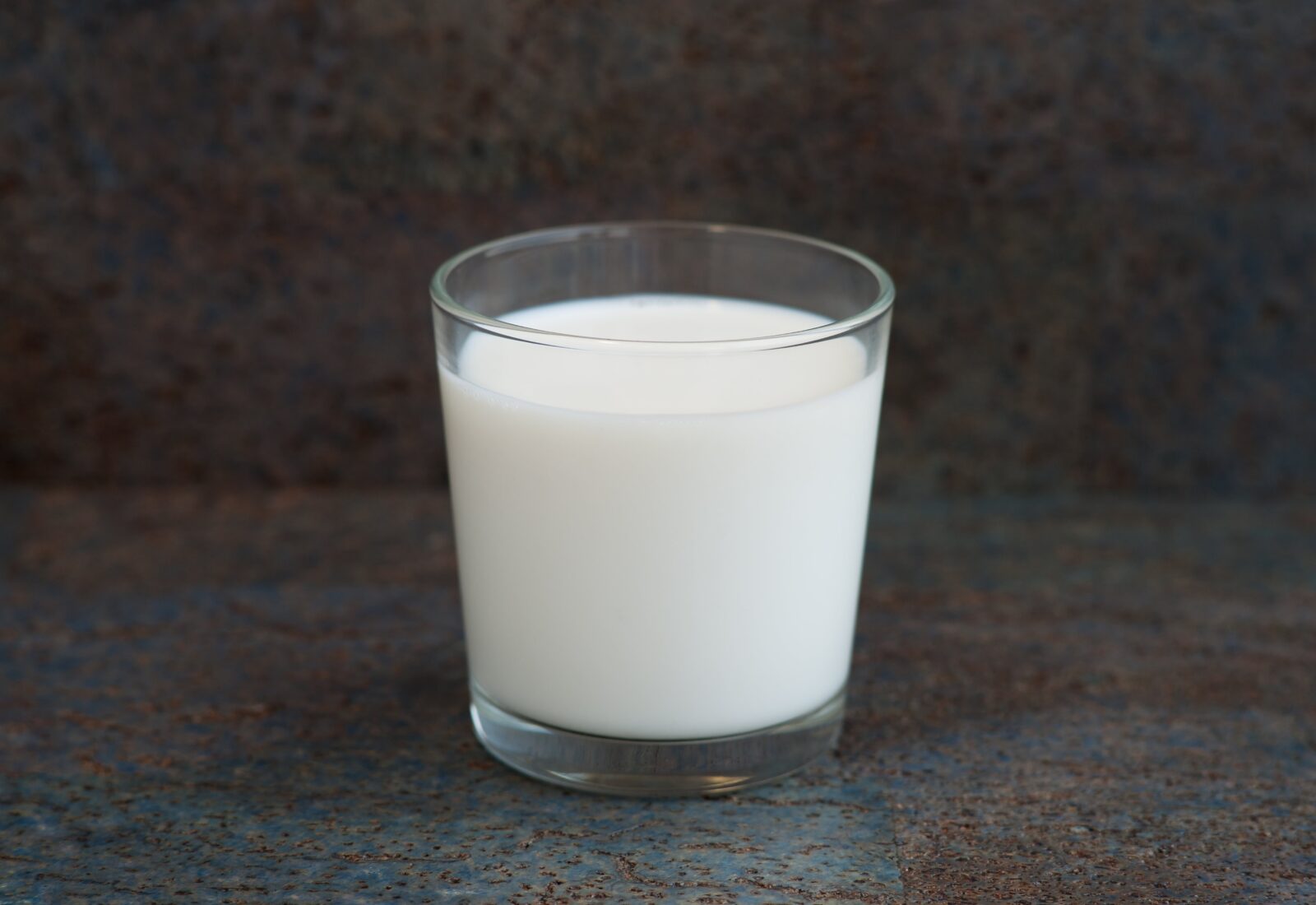Losing a permanent tooth can be an alarming experience, whether it occurs due to an accident, sports injury, or dental issue. The sudden loss not only affects your oral health but can also impact your self-esteem and quality of life. However, with the right knowledge and actions, you can significantly improve the chances of saving the tooth and maintaining your dental health. Here’s what you should do if you ever find yourself in this situation.
#1 Stay Calm and Act Quickly
The first step is to remain calm. Panic can cloud your judgment, leading to delays or wrong decisions. It’s important to act quickly because the success rate of reimplanting a permanent tooth decreases significantly after the first 30 minutes to an hour.
#2 Safely Handle the Tooth
If you can locate the tooth, handle it with care. Touch only the crown (the part that’s visible when it’s in place in your mouth), not the root. The root’s surface is delicate and can be easily damaged. If the tooth is dirty, gently rinse it with milk, saline solution, or contact lens solution to clean it. Avoid using tap water because its chemicals can damage the tooth cells critical for reattachment. You should also take special care to avoid washing off any pieces of soft tissue that may still be attached to the tooth.
#3 Keep the Tooth Moist

After cleaning, the tooth must remain moist for the best outcomes. Try to reinsert it into the socket if possible. Gently push it in with your fingers, holding it by the crown, or position it above the socket and close your mouth slowly. In some cases, you may be able to hold in place by keeping your mouth closed. If you can’t reinsert the tooth, it’s crucial to keep it moist by placing it in milk, saline solution, or even a saliva-filled container. Never store the tooth in water, since it contains various chemicals that can damage the tooth root.
#4 Seek Immediate Dental Assistance
Visit your dentist as soon as possible. A lost tooth is considered a dental emergency and your dentist will do everything they can to address this issue immediately. The faster you get professional help, the better the chance your tooth can be saved. Bring the tooth with you, keeping it in a proper medium as advised.
#5 Follow Professional Advice
Once the tooth is reimplanted, your dentist will provide specific instructions for care during the healing process. This may include taking prescribed medication, avoiding certain foods, and possibly not brushing the affected area for a short period. Follow these instructions closely and attend all follow-up appointments to ensure the tooth heals correctly and stays healthy.
Tooth Replacement Options
If tooth loss occurs and your tooth cannot be saved, several options are available for replacement, which can restore function and aesthetics to your smile:
Dental Implants:
Dental implants are a popular and effective solution for replacing missing teeth. An implant is a titanium post surgically placed into the jawbone, acting as a root for the artificial tooth. An abutment is attached to the implant, and a crown is then attached to the abutment, providing the appearance and function of a natural tooth.
Dental Bridges:
Bridges are used to fill the gap created by one or more missing teeth. A dental bridge is made up of two or more crowns for the teeth on either side of the gap and a false tooth/teeth in between. The anchoring teeth are called abutment teeth, and the false teeth are called pontics.
Dentures:
Dentures are removable appliances that can replace missing teeth and help restore your smile. There are two main types of dentures: complete and partial. Complete dentures are used when all the teeth are missing, while partial dentures are used when some natural teeth remain.
Resin-Retained Bridge:
Also known as a Maryland bridge, this is a less invasive alternative to traditional bridges. It’s typically used to replace front teeth and consists of a pontic with wings that are bonded to the back of the adjacent teeth.
Each tooth replacement option has its advantages, limitations, and specific indications based on the individual’s oral health status, bone density, financial considerations, and personal preferences. Consulting with a dental professional is essential to determine the most suitable option for replacing missing teeth, ensuring that the final choice meets the individual’s functional needs and aesthetic desires.
Conclusion
Losing a permanent tooth can be distressing, but quick and correct actions can significantly increase the chances of saving the tooth. Remember to handle the tooth carefully, keep it moist, and seek immediate dental care. Following this advice can make a considerable difference in your oral health outcomes after such an incident. Always prioritize prevention and protect your teeth to minimize the risk of such emergencies.

Dr. Snehlata Kulhari completed her Bachelors of Dental Surgery (BDS) at Government Dental College in Punjab, India and her Doctor of Dental Medicine (DMD) degree at the Henry M. Goldman School of Dental Medicine in Boston. She has been practicing dentistry since 2011 and has founded Smile Mantra Family Dentistry to provide dental care and education to the community of Cary, NC. Dr. Kulhari stays up to date on the latest dental research and advancements in order to offer her patients exceptional dental care.



